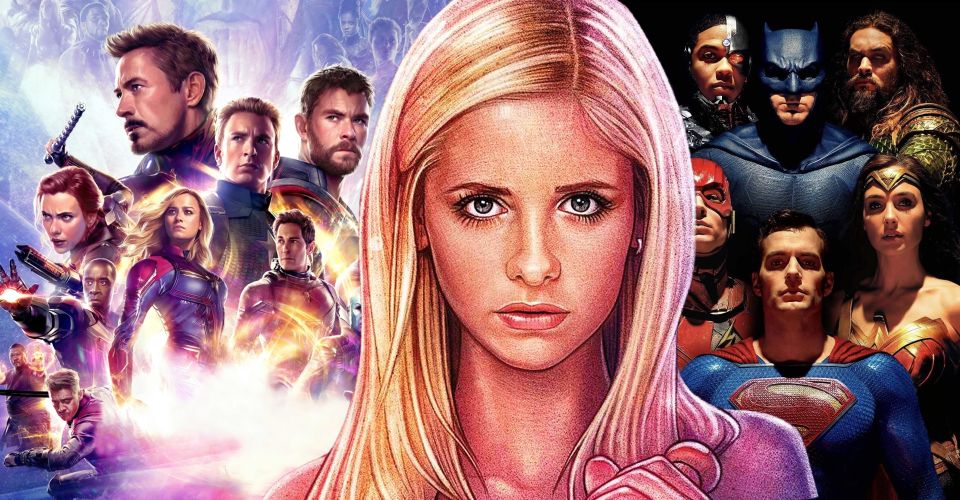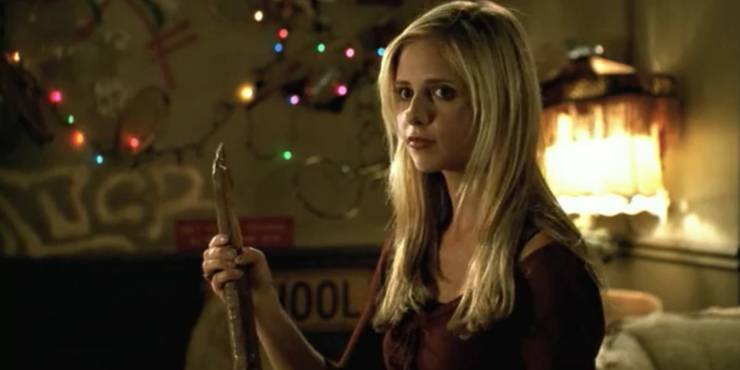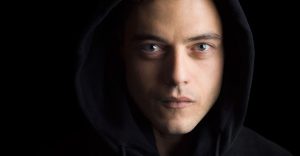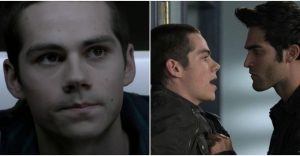Buffy The Vampire Slayer Reboot Could Copy What Marvel & DC Are Doing

Buffy the Vampire Slayer‘s reboot could draw inspiration from the MCU and the DCEU. In July 2018, Joss Whedon surprised the world when he announced an impending Buffy reboot. Whedon was reported to be serving as executive producer, working with Monica Owusu-Breen (Midnight, Texas/Agents of SHIELD) who would serve as showrunner. The plan was for the new Slayer to be African-American, and the series would focus on the theme of diversity.
At the time, the writers cautioned the show was in its earliest stages and there would be no further news for quite some time. They weren’t kidding, because there’s been absolutely no news since then. Matters may well have been complicated somewhat by Disney’s Fox acquisition, with the House of Mouse focused more upon the development of shows for Disney+. There have been signs Disney+ is soon to expand to include more mature content, with the impending launch of Disney+ Star in Europe, so it’s quite possible they will become interested in the Buffy the Vampire Slayer reboot soon.
The question, of course, is how to reboot Buffy the Vampire Slayer without irritating fans of the original series. Surprisingly, the current range of Buffy comics may have suggested Joss Whedon could borrow a trick from the DCEU and the MCU.
Marvel & DC’s Multiverses Explained

The Multiverse is a common trope in sci-fi and fantasy franchises; it encompasses the idea there are parallel Earths and alternate timelines where history worked out just a little differently. This idea has long been at the center of the Arrowverse, with The Flash seeing Barry Allen visit numerous different timelines, and even unwittingly create a few himself. It didn’t take long for the various Arrowverse heroes to begin sharing interdimensional adventures, culminating in “Crisis on Infinite Earths.” This established every DC film and TV franchise ever exists as part of the same shared Multiverse.
In the wake of “Crisis on Infinite Earths,” the DCEU has embraced the concept of the Multiverse. It’s a smart approach, because it allows DC Films to push ahead with their shared universe while simultaneously telling so-called “Elseworlds” stories like Joker or Matt Reeves’ The Batman. But the true potential of the Multiverse will begin to be realized in 2022’s The Flash movie, which will see Michael Keaton reprise the role of Batman from the classic Tim Burton movies. Apparently this version of the Dark Knight has learned to travel between the dimensions, and will serve as Barry Allen’s mentor in an adaptation of the classic “Flashpoint” storyline.
Meanwhile, Marvel Studios is building on the idea of the Multiverse as well. The MCU’s Multiverse was subtly set up in the Thor movies, and was name-dropped in Doctor Strange. But Avengers: Endgame finally made the Multiverse official, with Earth’s Mightiest Heroes conducting time travel escapades that unwittingly created a range of new timelines. One of these will be explored in the upcoming Loki Disney+ TV series, while the idea of alternate timelines serves as the driving concept behind Marvel’s What If?, which will introduce Earths where Peggy Carter was injected with the super-soldier serum, a zombie plague was unleashed upon Earth, and more. Appropriately enough, this too seems to be building to a head in 2022, this time with Doctor Strange in the Multiverse of Madness.
Buffy the Vampire Slayer Has A Multiverse Too

The Buffy the Vampire Slayer comics have introduced a Multiverse too. Although the original series ended in 2003, Joss Whedon continued Buffy’s adventures in a series of original comics. These finally came to a conclusion in 2018, when Whedon finally gave Buffy Summers a happy ending – right before rebooting the series with new publisher Boom! Studios. Rather than continue the story, Boom!’s comics rebooted the entire franchise in the present day. Although she has imitated the tone and style of the TV series, writer Jordie Bellaire has riffed on the classic tropes in creative and original ways.
The “Hellmouth” event – essentially the comic book reboot’s version of Buffy the Vampire Slayer season 1’s epic finale – introduced the concept of the Multiverse. Angel & Spike #16 ended with its titular heroes transported to a very familiar location from the TV series, where they met alternate versions of themselves. The wider cosmology of Buffy’s Multiverse was finally explained in Hellmouth #5, which saw Giles and Anya work together to figure out the true scale of the demonic threat. Anya had compiled maps of the different dimensions – “dimensions upon dimensions upon dimensions upon dimensions” – all of which were linked through the Hellmouths. Giles was shaken by this discovery, wondering how even the Slayer could be enough, but Anya told him he was thinking too small. Her comment was then explained by a glimpse of yet another alternate Earth, one where Willow was the Slayer rather than Buffy.
The Multiverse Can Explain All Buffy Reboots

The Multiverse can neatly explain the relationship between all Buffy reboots and the original series; they can simply be set on alternate Earths. There is one timeline in which the Buffy Summers audiences know and love became the Slayer, her adventures continuing in Whedon’s original comics. There is another where a new version of Buffy has only recently arrived in Sunnydale, and events are playing out differently. There’s also a third, one in which a brand new Slayer has come to town, a timeline that can be explored in the TV reboot.
This would be a sensible approach for Whedon to take with the Buffy TV reboot. In truth, Buffy the Vampire Slayer season 7 altered the show’s basic premise too much to revisit that timeline; the power of the Slayers was shared, and the sense of isolation that had been such a prominent theme throughout the series was brought to an end. Any Slayer-focused story set in that timeline would have to be so thematically different it wouldn’t do justice to the spirit of the original series. No, a complete reboot is more sensible, because you can take the story back to its basics; “In every generation there is a chosen one. She alone will stand against the vampires the demons and the forces of darkness. She is the Slayer.“
By setting this in another timeline, though, Whedon would be implicitly allowing viewers to believe their old stories – the tales of the Buffy Summers they grew up with – were still “canon”, just part of a different timeline. Even better, Whedon could choose to take the same approach as Boom!’s comics, and commit to the Multiverse – thereby bringing back some of the classic characters and monsters, and actually creating a sense of shared continuity. Such an approach would essentially allow him to have his cake and eat it – to reboot Buffy the Vampire Slayer while still honoring the beloved original.
About The Author

















